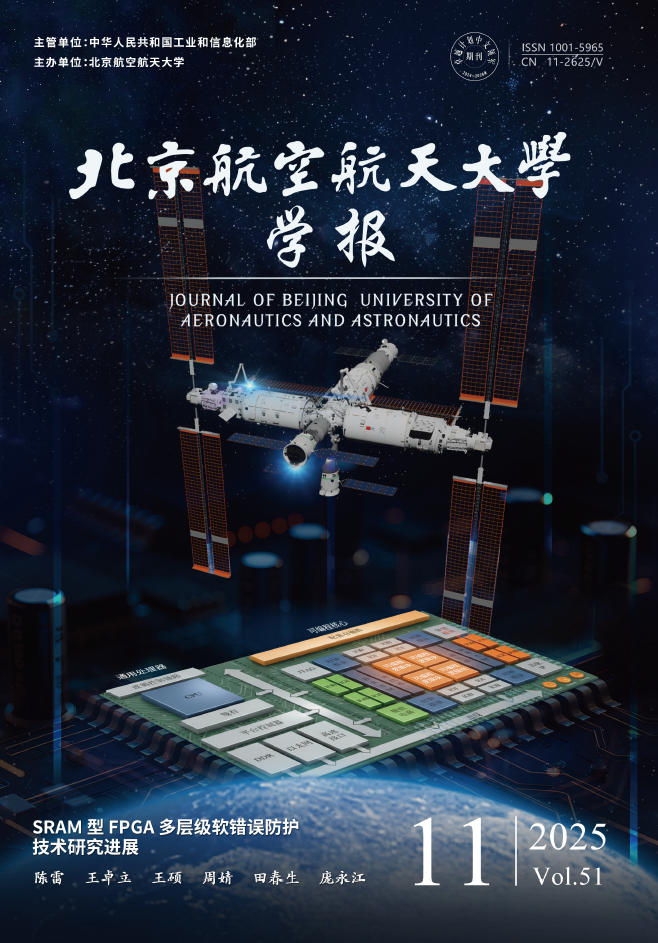1998 Vol. 24, No. 4
1998, 24(4): 373-381.
Abstract:
1998, 24(4): 386-390.
Abstract:
1998, 24(4): 395-398.
Abstract:
1998, 24(4): 415-417.
Abstract:
1998, 24(4): 426-429.
Abstract:
1998, 24(4): 430-433.
Abstract:
1998, 24(4): 441-444.
Abstract:
1998, 24(4): 445-448.
Abstract:
1998, 24(4): 462-465.
Abstract:
1998, 24(4): 466-469.
Abstract:
1998, 24(4): 470-474.
Abstract:
1998, 24(4): 475-478.
Abstract:
1998, 24(4): 479-482.
Abstract:
1998, 24(4): 483-486.
Abstract:







 XML Online Production Platform
XML Online Production Platform

